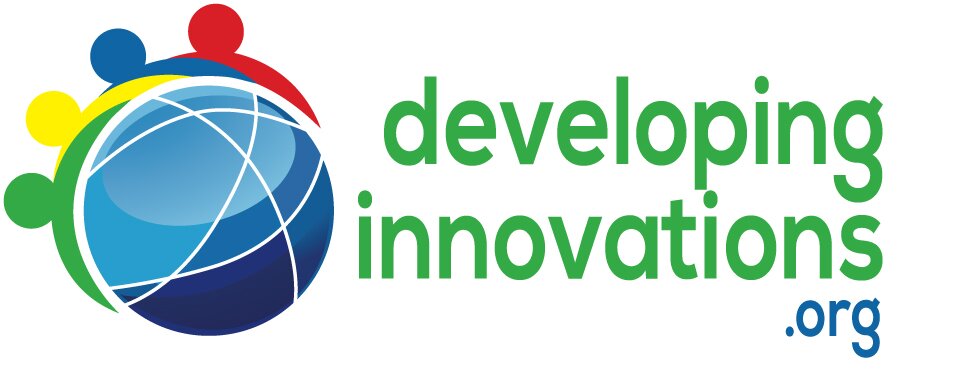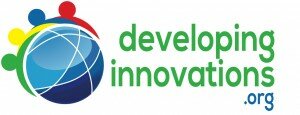Andrea and Matt are two nerdy, grade 11, high school students who love water sports and volunteering around their community. They enjoy to watch movies and spend their spare time eating pizza. When not at school, they work with youth, which inspired their science fair projects. They enter their science fair projects in the regional science fair, in hopes of placing a spot to participate in the national science fair. For 3 years, they have been finalists at the Canada Wide Science Fair. Each project took 1 month of preparation and 8 months of testing. Their goal was to find ways to improve oral reading fluency and comprehension. First, they were curious if adjusting text size and column width in small passages would affect oral fluency. Their study suggest that the grade 1 and 3 participants read a small passage efficiently at medium font and large column width (16 font, 2.5 column width). Then, this lead to question if the adolescents in the study understood what they were reading. Their next investigation was to improve elementary students reading comprehension, with added manipulatives such as a read out introduction, pictures, and models. Overall, none of the manipulatives worked for the grade 3 and 5 participants. Though, the read out introduction made slight improvement. Lastly, their recent project was making a 3D cube model, by using the axes oral fluency, comprehension, and numeracy (math), it could track students’ academic process in those suites and possible pinpoint struggling readings. The application of the cube is for teachers to use as a tool to know what their students are stronger or weaker at. The cube was a success, they were able to place students on the cube to find academic process over the year. Also, by using their SEE SAY DO intervention, they were able to shift the participants to favourable areas of the cube. Ultimately, their science fair projects has made them extremely interested in studying psychology or human behavior. Also, science fair has helped reveal all the branches of science fair, from medicine to innovation. For their next science fair project, they plan to do a study on the environment because they have been very inspired by other finalists at the Canada Wide Science Fair with environmental projects.
First Project 2012: Grade one and three stories were written in increasing level of difficulty. Each story was modified so that font size and column width were altered. Student performance was monitored for insertions, missed lines, omissions, substitutions, and told words. Narrow columns of text show greater reading success. Font size appeared to be less important. Response varied with age. Bronze medal & Scholarship to Western Ontario
Second Project 2013: Stories were written at the grades 1, 3, and 5 levels. All stories had ten comprehension questions associated with them. The grades 3 and 5 stories had manipulatives including an introduction read to the students, photographs or models. Percent oral reading success was compared with comprehension. We are currently checking to see if hearing the story prior to reading it aloud improves comprehension. Gold Medal & Scholarship to Western Ontario
Third Project 2014: A literacy cube with axes of fluency, numeracy and comprehension was used to look for patterns in grade 8 students’ literacy skills. Then, using a SEE (following along as text is read) SAY (choral reading as a class) and DO (individual silent reading) approach, shifts along the literacy cube were tracked. SEE SAY DO significantly improved comprehension scores but not fluency scores. Bronze medal & Ottawa + Western Ontario Scholarship
Interested in learning more about other amazing S.T.E.M. students and the latest S.T.E.M. news:
Like us at http://www.facebook.com/developinginnovations.org
Follow us at https://twitter.com/Aidan_Aird

